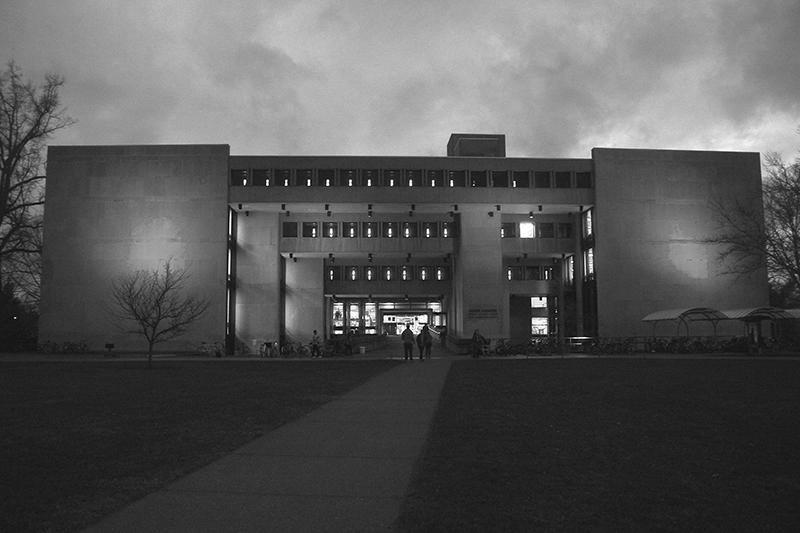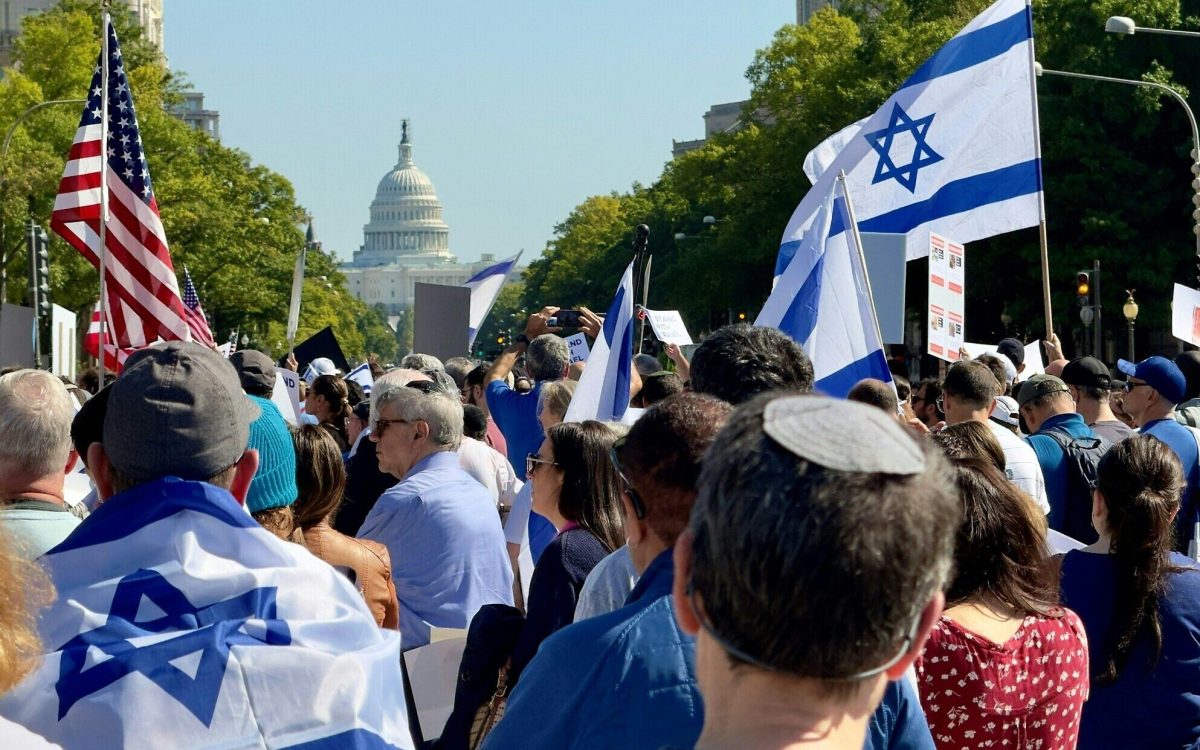Editor’s note: This article was written in response to wide backlash against an event organized by the Asian American Alliance and the Muslim Student Association titled Holi Against Hindutva. This was originally published on Substack.
Growing up, I was as Hindu as they came. I went to temple; I wore pattu pavadais; I danced Bharatanatyam; I even sang religious hymns. I also grew up during a time when Hinduism was not respected as a religion in the United States. My peers would ask me questions about how I lived without eating beef, whether I worshiped cows, and about gods and goddesses with many heads and limbs as if it was exotic and beneath them.
Hinduism was a costume, with white women wearing Bindis at Coachella and Heidi Klum dressing as Kali for Halloween. However, the tide has certainly changed in the United States. We’ve seen representations of our culture on television with shows like Never Have I Ever and college campuses that have a bustling religious culture for Hindus.
As I grew up, I started to interact with more and more religious texts. I saw what Hinduism looked like in the real world. I read the Mahabharata and the Ramayana in its entirety. As far as scholarship on Hinduism goes, I am not clueless. I understand that different people understand religious texts differently. I also understand that the standardization of Hinduism was a colonial project more than it was a natural creation.
I am now a first-year in college who considers themself “culturally” Hindu. I find solace in praying and participating in religious traditions, but I do not religiously follow Hinduism. I think Hinduism is beautiful; I still go to temple, sing, and dance, but I simply don’t internally believe in sanatana dharma.
I was a regular attendant of Hindi classes as a child, and it was in these Hindi classes that I learned about caste. I came home asking my father what caste I was, which I won’t share, but I realized only a few years later that sharing caste in a class taught by traditionalists wasn’t the safest thing to do. Caste still shapes the way that Hindus interact with each other.
In India, it’s estimated that a crime is committed against a Dalit once every fifteen minutes. This is not just a reflection of the attitudes facing Dalits, it’s also a reflection of the lack of political will exercised against perpetrators considering that only 5.3 percent of these cases ended with a conviction in 2006.
Anti-Muslim and anti-religious minority sentiment is also not uncommon in India. Cow vigilance is another example of the violence facing minorities in India. It’s important to note that Hindutva politicians and Bharatiya Janata Party politicians have continually done nothing in the face of real violence. Human Rights Watch released a report on Cow Vigilantism in India, describing how BJP rhetoric clearly spurs violent vigilante groups to act against those who engage in trade of cows.
The same politicians that cry for the cow are also the ones that oversee the exportation of beef. India continues to be the largest exporter of beef, ironic considering the violence incited by politicians over beef. Beef is also central to religious minorities, Dalits, and adivasis in India, as it offers an affordable meat for them to eat. Banning beef slaughter under the guise of Hinduism is not in any way pro-Hindu.
Scholarly works such as The Myth of the Holy Cow by Dwijendra Narayan Jha cite religious and ancient texts to prove that Hindus did, in fact, eat beef in ancient times. Obviously, this runs counter to the argument that beef eating is a result of Islamic invasion, another Islamophobic take on Indian history. The history of India and larger South Asia is complicated, as is any history, but Islamic rulers were not the bastion of discrimination. Akbar held courts in order to understand other religions and said quite clearly that he did not believe one truth was higher than the other.
The cow became a symbol in the nineteenth century along with the narrative that Islamic rulers corrupted a “pure, Hindu India.” In that same way, the BJP now continually uses the cow and other rhetoric to advocate for violence against religious minorities.
This is the Hindutva ideology that we are against, that we host teach-ins against. It is not weaponizing a Hindu holiday; it’s not polarizing. In fact, the assertion that a teach-in against Hindutva is “Hindu-phobic” raises questions about what Hinduism you consume. The Hinduism that I learned about was the Hinduism that taught me to dedicate myself in service to others, the Hinduism that taught me life was sacred — not the Hinduism that associates with Hindutva.
A real Hindu wouldn’t be threatened by a teach-in against Hindutva, especially considering that if research was done on your part, you would have seen that we hosted a separate Holi celebration today. This is not the only acknowledgment of Holi that we are hosting. There is nothing that is Hinduphobic about being against religious persecution in India. There is no bashing of actual Hindu teachings going on, rather, a criticism of the application of political rhetoric.
Continual whataboutism does not accomplish anything in the scope of the world, nor does Islamophobia and claiming that Islam has “killed the most people out of all religions.” On what grounds was this statistic found? There are no accurate papers or statistics on how many people have died on religious grounds. Religious extremists also do not define religion as a whole, which is something I learned in high school, so I’m a little shocked that you’re in comments defining Islam by extremists.
The statement that infuriates me the most is the assertion that I’m a self-hating Hindu. I am not. I simply love my fellow humans to a point where I will act on it. At Oberlin, we still hold Hindu events and support religious diversity. The idea that a teach-in against the Hindutva ideology that has been killing religious minorities is inciting Hinduphobia and weaponizing religion confuses me. It’s simply acknowledging a real problem that faces not just Muslims in India, but also some Dalit Hindus in India.
As far as history goes, the narrative of an Islamic overrule is simply incorrect. Most scholars today know that this argument is missing loads of nuance that is necessary when it comes to history. Being able to consume knowledge with nuance is a key component to a functioning society. This component seems to clearly be missing, considering the mere assertion that Muslims should be protected along with statistics arises such a fire in some. India is a secular nation-state, and the only India I would be proud of would be an India not defined by a religion.



